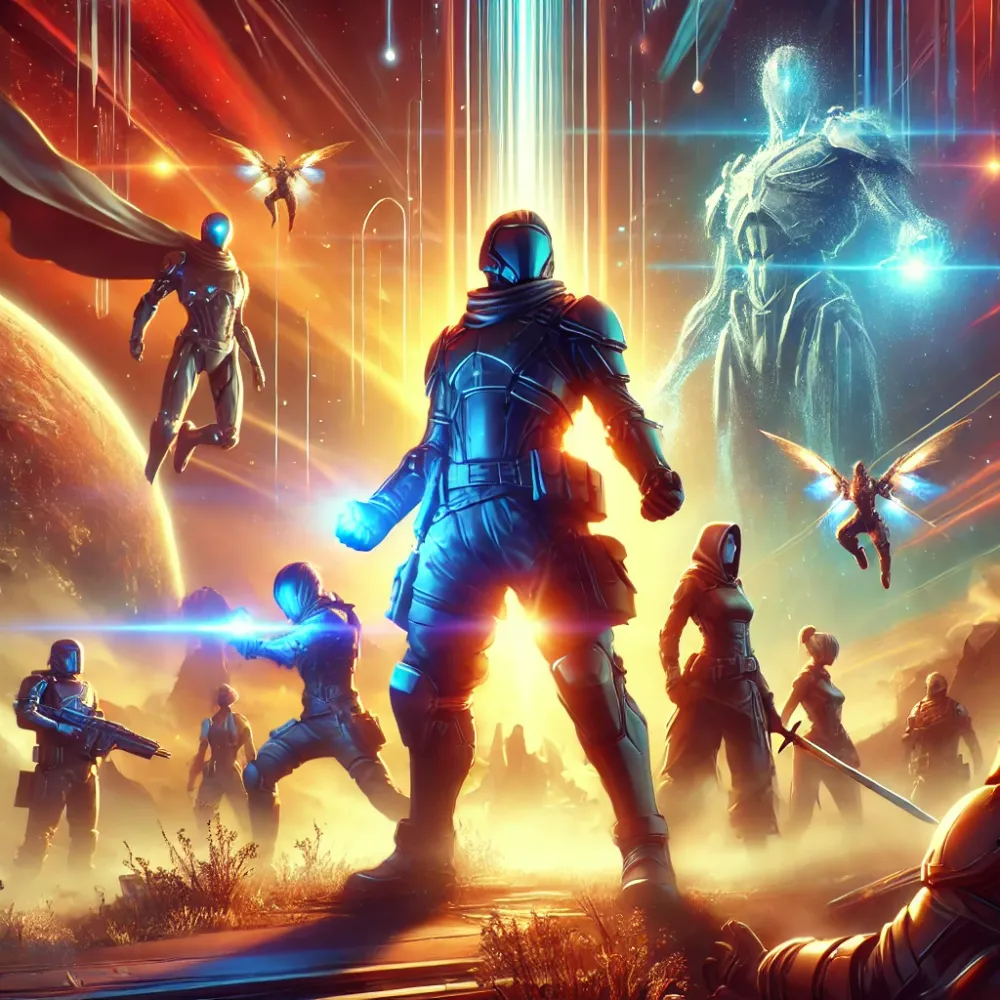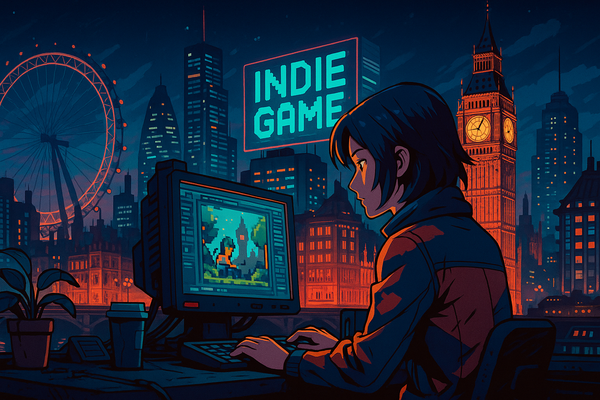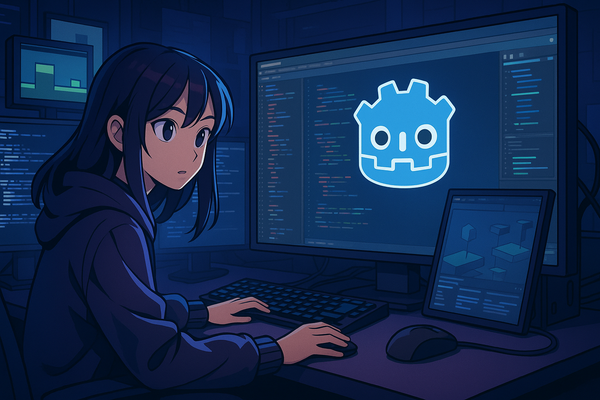How strong storytelling can elevate indie game development
Storytelling has long been a defining feature in games, but in indie game development, it holds even greater significance. With limited resources and smaller teams, indie developers often rely on strong narratives to set their games apart. A well-crafted story not only engages players but also helps build an emotional connection with the game, turning it into a memorable experience. Here’s how compelling storytelling can elevate your indie game development.
1. Character development and emotional engagement
Well-developed characters are the backbone of any strong story. They provide players with emotional anchors, making them more invested in the narrative. Indie games like Undertale and Celeste have demonstrated how powerful character development can be, allowing players to connect with the protagonists on an emotional level(Fictionphile)(Pingle Studio).
By creating characters with unique personalities, backgrounds, and motivations, you can turn your game into more than just a set of mechanics— it becomes a story that players care about deeply.
2. Seamless integration of story and gameplay
The most successful indie games manage to integrate their stories directly into the gameplay. Games like Hades and Dark Souls showcase how narrative can be built through exploration and interactions rather than relying on traditional cutscenes. This method, called environmental storytelling, invites players to uncover the story organically as they progress through the game world.
By tying gameplay mechanics to narrative progression, indie developers can create a more immersive experience where players feel like active participants in the story(Kodex).
3. Player choice and narrative consequences
One of the most effective ways to involve players in the story is by allowing them to influence its direction. Player-driven narratives give players a sense of agency, ensuring that their decisions have a meaningful impact on the game world. Games like Mass Effect and Life is Strange have become iconic for their branching storylines, where player choices lead to different outcomes.
In indie development, this can be used to create replayability, offering players different endings and experiences based on the decisions they make throughout the game.
4. Complex themes and social commentary
Indie games are uniquely positioned to tackle complex and often sensitive themes. Without the constraints of large studios, indie developers can explore topics like mental health, politics, and social issues in ways that mainstream games may not. For instance, Papers, Please uses its narrative to comment on immigration and authoritarianism, offering players a thought-provoking experience that goes beyond simple entertainment(IngeCon Virtual).
By engaging with deeper themes, indie developers can create narratives that resonate with players on a personal level and encourage reflection on real-world issues.
5. Iterative storytelling and feedback
In the iterative development process, storytelling evolves alongside gameplay. Early access and playtesting allow indie developers to refine their stories based on player feedback. This iterative approach ensures that the narrative remains engaging while also improving its cohesion with gameplay. Developers of games like Celeste and Hades used this method to fine-tune their stories, ensuring that every element felt tightly woven into the gameplay.
Storytelling is a powerful tool that can transform an indie game from a simple experience into a deeply emotional and memorable journey. By focusing on character development, integrating narrative with gameplay, and exploring complex themes, indie developers can create stories that resonate with players long after the game ends. The strength of your game's story could be the key to its success, fostering player engagement and elevating it above the competition.




